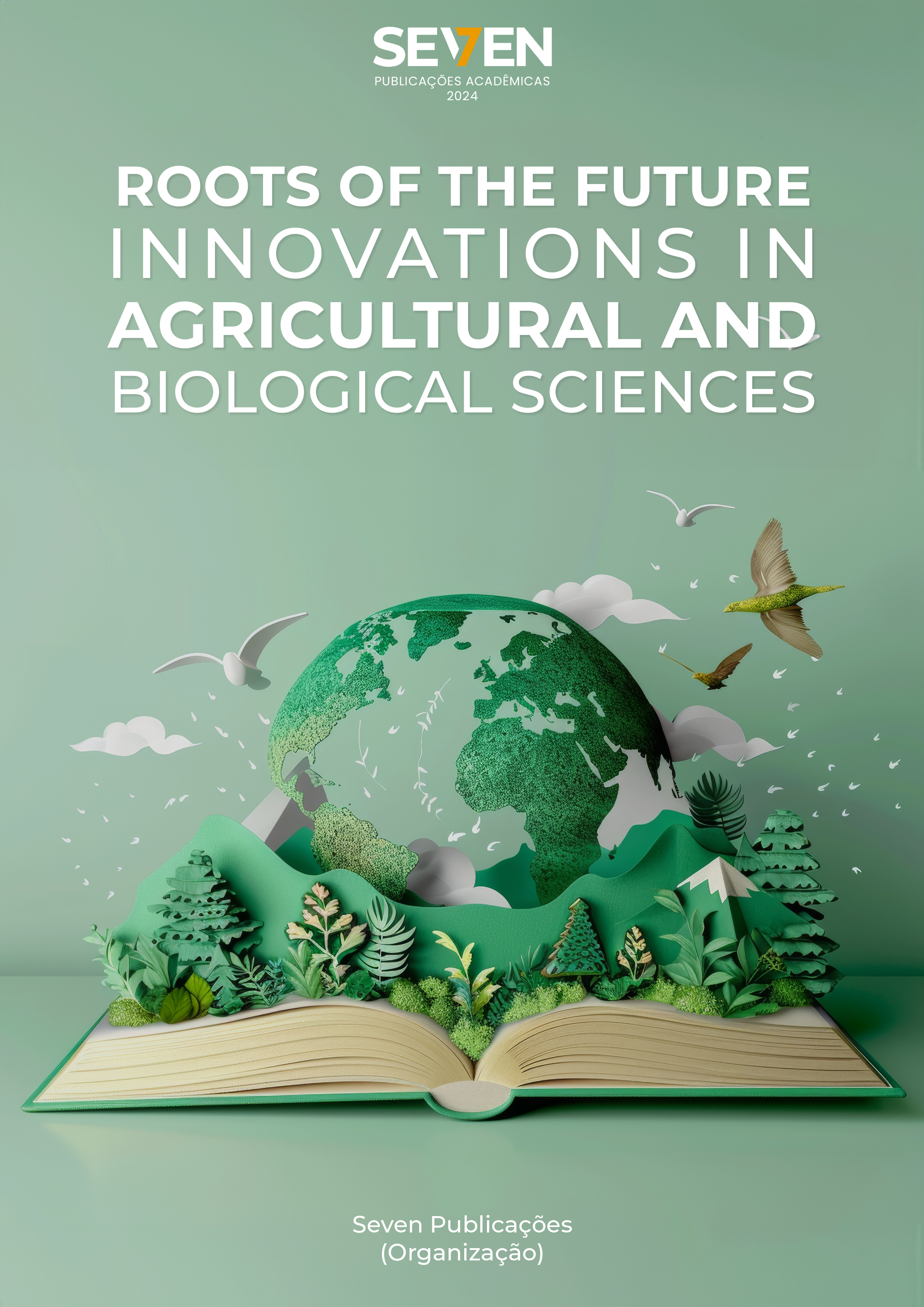TROPICAL FORAGES IN INTEGRATED SYSTEMS: STRAW FOR NO-TILLAGE
Keywords:
Crop-livestock integration, Sustainability, Soil recovery, No-tillage system, Culture consortiumAbstract
In recent years, crop-livestock integration (ICL) has gained prominence as a promising strategy to increase sustainability in agricultural and livestock production. This system, widely adopted in the Brazilian Cerrado, enables the rational use of inputs and land, favoring both grain production and cattle raising in the same area. The advantages of ICL include the recovery of degraded areas, the maintenance of soil fertility levels, and the reduction of the need for chemical inputs, such as herbicides and pesticides. The adoption of the no-tillage system (NTS) combined with the intercropping of crops, especially forage and grains, allows the formation of a protective layer on the soil that minimizes erosion and improves water retention. In addition, the benefits of crop rotation and succession contribute to nutrient cycling and biological control of pests and diseases, crucial elements for the long-term economic viability of ICL. The implementation of this approach faces challenges, especially regarding regional adaptation and variation of forage species. Even so, studies indicate that the integrated system has substantial advantages in the environmental resilience and productive stability of agricultural properties.
Downloads
Published
Issue
Section
License
Copyright (c) 2024 Lorranny Pricila Costa Santos, Alessandro José Marques Santos, Clarice Backes, Arthur Gabriel Teodoro , Danilo Augusto Tomazello , Danilo Corrêa Baião

This work is licensed under a Creative Commons Attribution-NonCommercial 4.0 International License.





